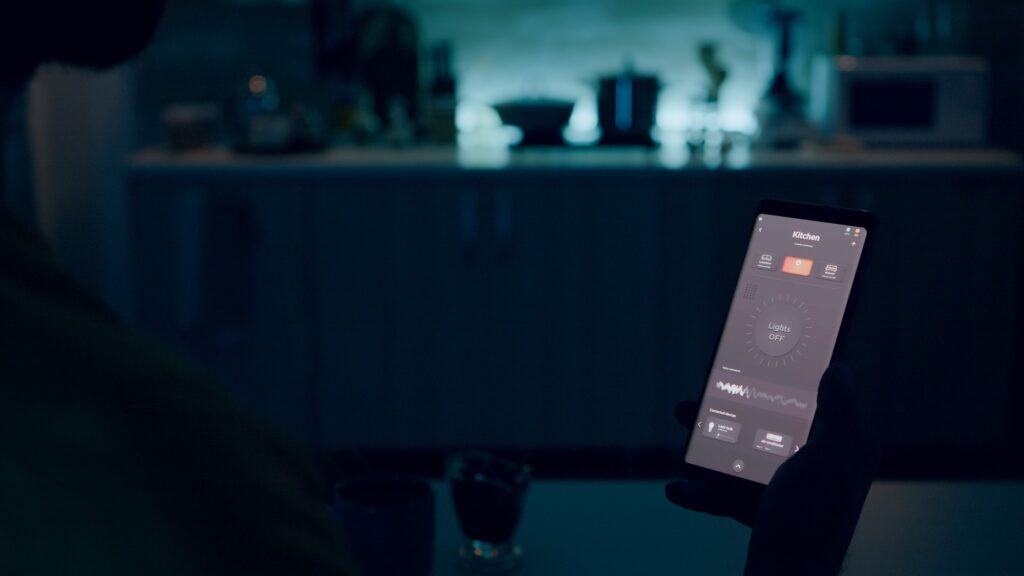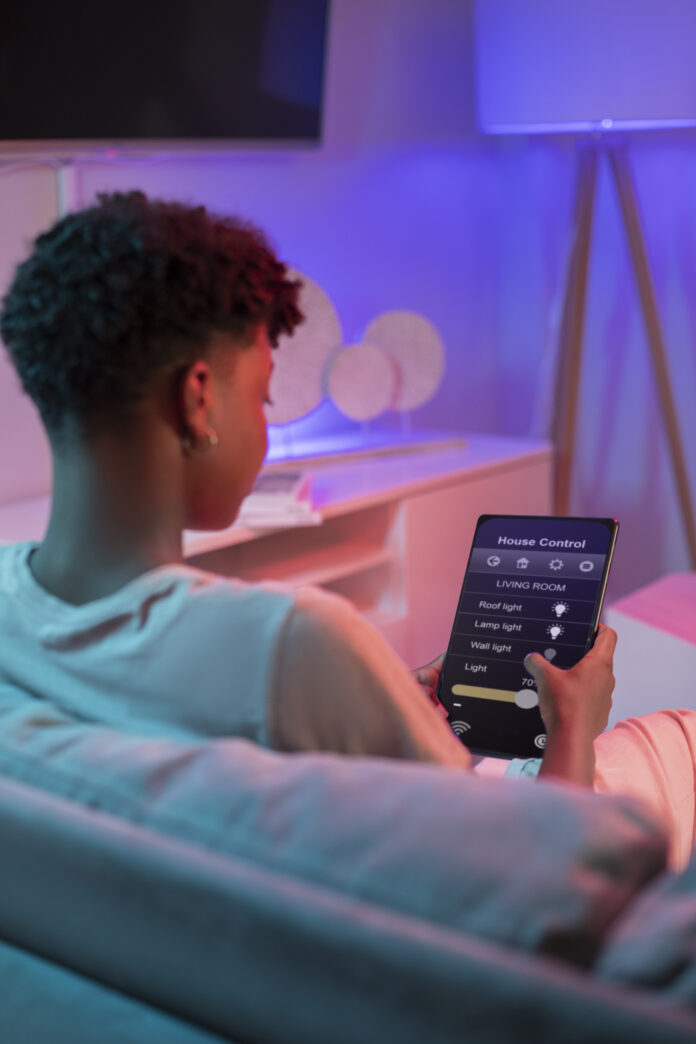Introduction
Smart home lighting has rapidly become an essential feature for homeowners seeking convenience, energy efficiency, and enhanced security. The ability to automate home lights means you can control your lighting from anywhere using voice commands, smartphone apps, or preset schedules. Whether you’re looking to reduce energy costs, increase security, or create the perfect ambiance for any occasion, smart lighting offers an easy and effective solution. In this guide, we’ll explore how to set up and control your smart lighting system for maximum convenience.
The Advantages of Smart Home Lighting

Smart home lighting provides numerous benefits that go far beyond traditional lighting systems. With the ability to control lights remotely, set schedules, and adjust brightness or color, smart lighting offers unparalleled convenience and customization. Not only does it improve energy efficiency by ensuring lights are only used when needed, but it also enhances security by automatically turning lights on when you’re away. Additionally, smart home lighting integrates seamlessly with other smart devices, making it an essential component of a fully connected home.
The Benefits of Smart Home Lighting
1. Convenience at Your Fingertips
One of the most obvious benefits of smart home lighting is the convenience it offers. With a quick tap on your smartphone or a simple voice command, you can manage the lighting in any room of your home effortlessly. Did you forget to turn off the kitchen lights before heading to bed? No problem — you can switch them off remotely without even getting up. Going on vacation? Set your lights to turn on and off at specific times, giving the impression that someone is home, even when you’re miles away.
2. Energy Efficiency and Cost Savings
Smart lighting systems allow you to significantly reduce energy usage by ensuring that lights are only on when needed. You can schedule your lights to automatically turn off when not in use or when natural daylight is available. Additionally, many smart bulbs are energy-efficient LED lights that use a fraction of the electricity consumed by traditional incandescent bulbs. In the long run, this can result in significant reductions in your energy costs.
3. Enhanced Security
Automated lighting can enhance the security of your home by deterring potential intruders. By setting up schedules for your lights to turn on and off at various intervals, you can make it look like someone is home even when the house is empty. Many smart lighting systems can also integrate with security systems, allowing lights to automatically activate if motion is detected around your property, providing an extra layer of protection.
4. Customization and Ambiance
With smart lighting, you can easily customize the brightness and color of your lights to create the perfect ambiance for any occasion. Hosting a dinner party? Lower the lights to establish a warm, inviting atmosphere. Want to wake up naturally in the morning? Set your lights to gradually brighten as your alarm goes off. Many smart bulbs offer millions of color options, so you can tailor your lighting to match your mood or activity, making your home environment even more enjoyable.
How to Automate Your Smart Home Lighting
Automating your smart home lighting is easier than you might think. Here are some key steps to get started with smart lighting automation.
1. Choose the Right Smart Bulbs
The first step in automating your lights is selecting the right smart bulbs. Today, there are many brands offering a wide variety of options, including Philips Hue, LIFX, and TP-Link. These bulbs can be controlled remotely via an app, allowing you to adjust brightness and color or set schedules. Many smart bulbs also work with popular voice assistants like Amazon Alexa, Google Assistant, and Apple Siri, allowing you to control your lights hands-free.
2. Use Smart Switches and Plugs
In addition to smart bulbs, smart switches and plugs can also play a crucial role in automating your lighting. Smart switches are ideal for controlling overhead lights or lighting fixtures that are hardwired into your home’s electrical system. Smart plugs, on the other hand, can be used for lamps and other plug-in lighting. By using these devices, you can control your entire lighting setup without replacing every bulb in your home with a smart one.
3. Set Schedules and Timers
One of the key features of smart lighting systems is the ability to create schedules and set timers. This means your lights can turn on or off at specific times throughout the day, even if you’re not home. For instance, you can program your lights to turn off during the day while you’re at work and turn back on just before you arrive home.
4. Create Lighting Scenes
Most smart lighting systems allow you to create custom lighting scenes for different activities or times of day. For example, you could create a “movie night” scene that dims all the lights in your living room to a cozy level or a “morning routine” scene that gradually brightens the lights to help you wake up. These scenes can be triggered manually via an app or automatically based on the time of day or certain activities, such as starting a movie on your smart TV.
5. Integrate with Voice Assistants
Integrating your smart lighting system with voice assistants like Alexa, Google Assistant, or Siri makes it even easier to control your lights. By simply using voice commands, you can turn lights on or off, change their brightness, or adjust their color. This hands-free control is especially useful for seniors or people with mobility issues, as well as for anyone who appreciates the added convenience of voice automation.
Conclusion
Smart home lighting is a game-changing technology that offers unmatched convenience, energy efficiency, and security. By automating your lights and integrating them with voice assistants, you can create a more comfortable and safer living environment while reducing your energy consumption. With the wide range of smart lighting systems available today, it’s easier than ever to find the right solution for your home. Whether you’re just starting out or looking to upgrade your current setup, smart lighting is a simple yet powerful way to enhance your home’s functionality and atmosphere.














